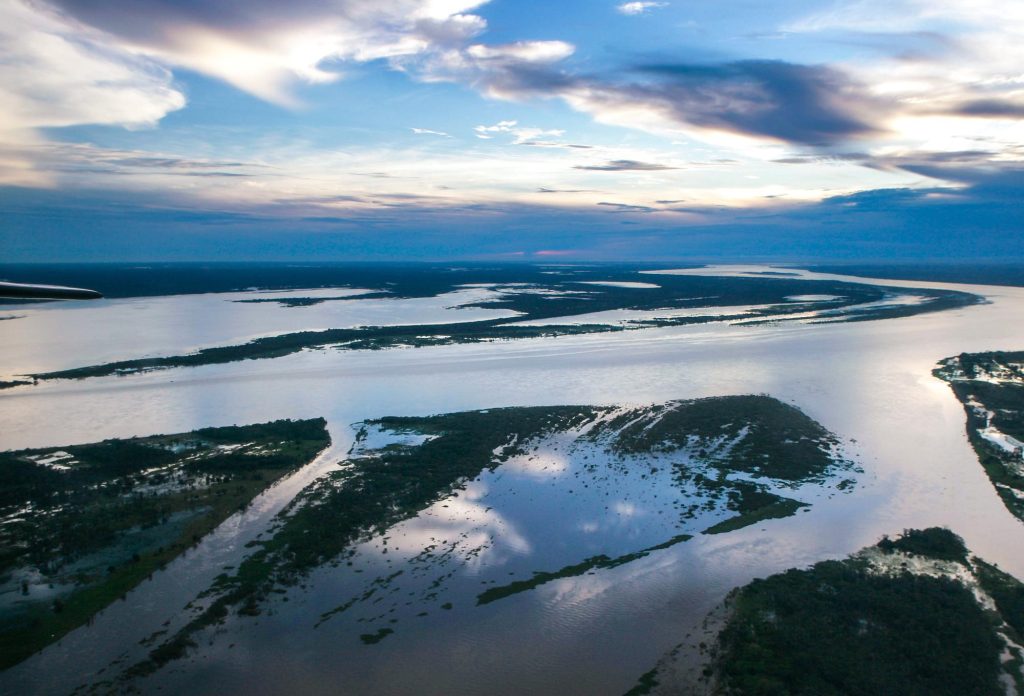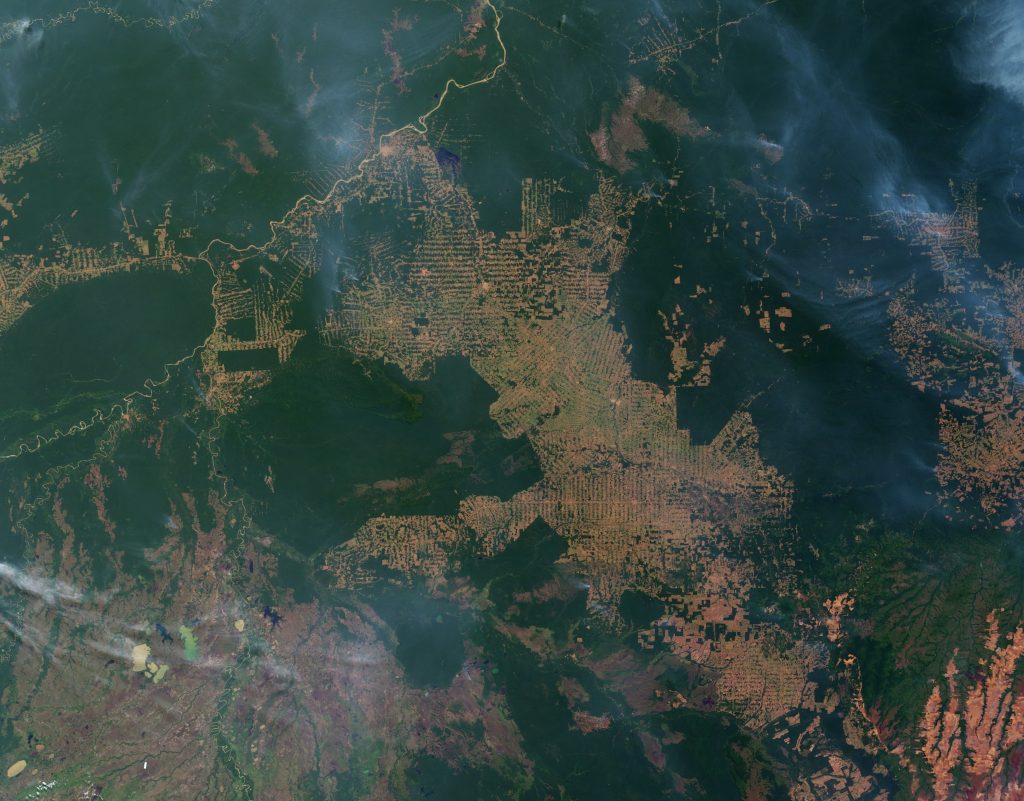Bolsonaro promises to exploit “every square centimetre” of indigenous Brazilian rainforest
Newly sworn-in Brazilian president Jair Bolsonaro had a contentious campaign rife with anti-environmental messages.
And now, it seems that the intimidating promises such as “there won’t be a square centimetre demarcated as an indigenous reserve” if he is elected, are being put into effect.
Hours after being sworn in on 2nd January, an executive order was put in place transferring control of indigenous reserves to the Brazilian Agricultural department.
Indigenous leaders are outraged; 13% of Brazil’s land are indigenous reserves and the country is home to over 900,000 tribal people . Not only have these areas helped safeguard the often marginalised communities and their cultures, but they are key actors in the global fight against deforestation and climate change.
So what can we do to give indigenous people the voice they need to stop this?


“Where there is indigenous land, there is wealth underneath it,” is an unsettling statement from the now-leader of Brazil. Claiming that environmental policies are “suffocating the country”, he believes the best way forward for Brazil is an unyielding advance on rainforest, and its people.
It was easy to dismiss these threats as macho posturing on the campaign trail. But given mass deforestation has been fuel for industrialisation from Britain to the US and China, isn’t Bolsonaro just following the well-rehearsed development playbook?
The difference is that we now have the knowledge to do right by people and the planet. When native broadleaf forest was cleared, the people doing so knew no better. At least today there is zero confusion about the essential role that trees, and in particular rainforest, play in our daily lives. They are home to millions of species of flora and fauna, are the heart of the water cycle worldwide, and are our most effective carbon store.
The most chilling part of Bolsonaro’s election campaign statements is therefore the focus on indigenous land. A huge body of research shows that modest investments for securing land rights for indigenous communities generate huge economic, social and environmental returns for local communities and the world’s changing climate.
Yet too often, indigenous and rainforest communities in South America have been persecuted, evicted and killed for their lands. Protecting their rights are how we protect their forest.


Stretching across two million square miles, the Brazilian Amazon rainforest acts as a giant sink for carbon dioxide emissions. Brazil has the chance to protect this yet Bolsonaro is opening up the forest up to economic exploitation, logging and mining. Lawmakers, judges, journalists, civil servants, individuals and charities will have to work hard to limit the damage.
Deforestation rates in Brazil have fallen in recent years thanks to the expansion of protected and indigenous lands. If the environmental protections that have achieved this reduction in deforestation are removed for good by Brazil’s new president, forest loss in the Amazon could rise to the early 2,000s runaway deforestation rates.
This is why giving indigenous people a voice is Cool Earth’s priority. Cool Earth gives communities the tools they need to keep trees standing in the face of political and economic threats. Tools like governance training and capacity support build households and villages that make the forest more economically useful standing than sold.
It is an approach that Cool Earth has pioneered in the Peruvian Amazon where partnerships protect hundreds of thousands of acres of at-risk forest. Whether with the Awajún people alongside the banks of the River Marañon in northern Peru or the Ashaninka nation in the central forest, partnerships have the ability to keep rainforest intact in the face of constant external threats.
These threats are now redoubled in Brazil. Things don’t look good but if there is one thing we have learnt from the past decade, it is that empowered local people are the most powerful conservation force you will find.
Now, more than ever, it’s vital to create strong rainforest communities that are self-sustaining, able to thrive without NGOs and government backing.
